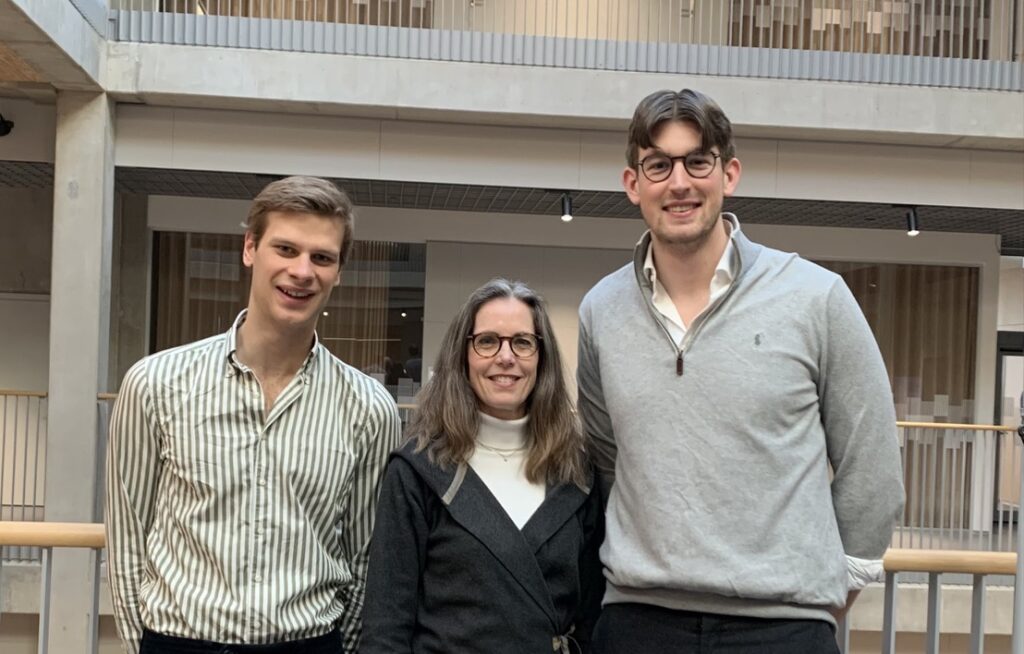The full article can be found here.
Tell us more about yourself and the author team.
I (Eva Ageberg) am a Professor of physiotherapy at Lund University, Lund, Sweden. I lead an interdisciplinary research group in Sport Sciences, and our research focuses on the prevention and management of musculoskeletal injuries/diseases, primarily injuries related to sports and exercise. The co-authors, Victor Sturesson and Peter Marforio are two medical students who did this work as part of their undergraduate education. Kajsa Johansson is a physiotherapy researcher focusing on sports injuries, particularly handball-related concussions, and Arlind Reuter is a researcher with expertise in qualitative research, specifically human-computer interaction. The team’s strengths include that we represent different expert fields and knowledge, that three authors have handball experience in practice (coach, referee, former player) and/or research, and that one researcher has extensive experience from participatory methodology, including co-creation with end-users.

What is the story behind your study?
One of the projects I lead is implementing injury prevention training in youth handball in Sweden. The training we have developed so far focuses on physical and psychological principles to prevent acute and overuse injuries to the upper and lower extremities and back. These injuries are common in handball, but a concussion and serious injuries are also common. While injury prevention training is effective in reducing upper and lower extremity injuries, there are no studies on the prevention of concussion. The present study aimed to understand possible concussion prevention strategies in youth handball using knowledge from experts and end users. We designed a workshop where experts (physiotherapy, biomechanics) and end-users (players, coaches, referees, coach educators) contributed their knowledge to generate strategies that could potentially prevent concussion in youth handball. We worked with scenarios, a design technique that can be used to explore current real-world and future practices. We also implemented the brainwriting method to promote design thinking. During the brainwriting, participants were allowed to build on each others’ ideas creatively.
In your own words, what did you find?
The suggested prevention strategies included information about high-risk situations and concussion symptoms, stricter rules for careless play, safe playing strategies for goalkeepers, defensive players, and attacking players, respectively, and improving neck and core strength for all players.
What was the main challenge you faced in your study?
The strength of our study, namely the participatory methodology in which experts and end-users contributed their experience and knowledge on sport-related concussion, is also a challenge. Given that it was voluntary work, it was difficult to find a time when experts and end-users could participate in the workshop. We also put effort into making sure all voices were heard, that is, both end-users and experts, while the participants still agreed on the ideas they provided and shared.
If there is one take-home message from your study, what would that be?
The workshop approach we used, with end-users and experts working in groups, was very creative and fruitful. I also think this approach helped us come up with the idea of summarizing the results for end-users in the paper rather than doing that after the paper was published. This summary for end-users was done to facilitate dissemination within youth handball.